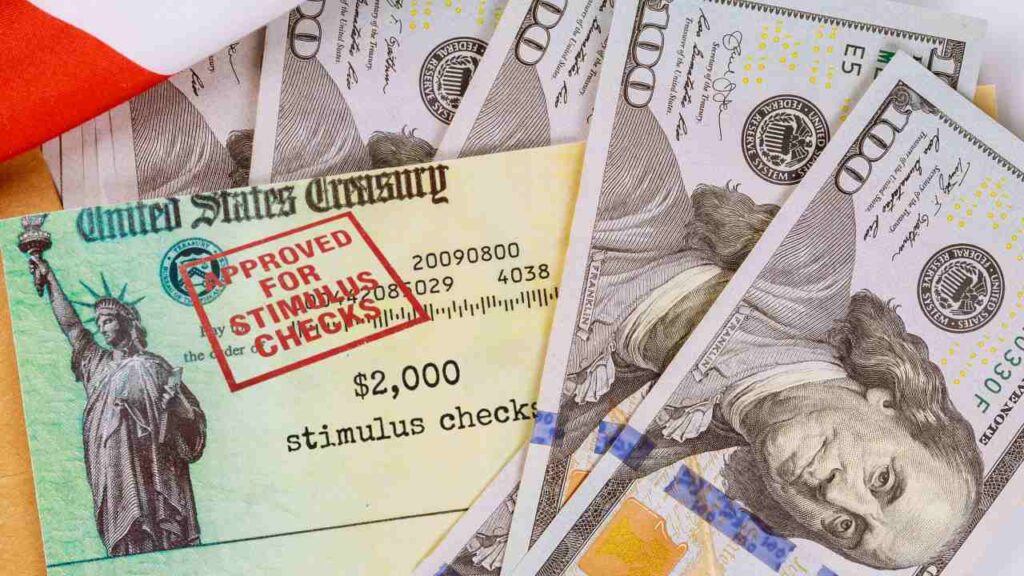A few weeks ago, President Donald Trump revived the idea of direct stimulus checks for American taxpayers, this time with an innovative twist: funding them exclusively with revenue generated from import tariffs. They would differ from pandemic stimulus checks in that they would not be paid for with debt issuance that could cause inflation.
These stimulus checks were announced in early October 2025. The proposal seeks to distribute payments of between $1,000 and $2,000 per person, presented as a “dividend program” that rewards citizens for the tariffs imposed on countries like China and Mexico.
What we know about the Trump stimulus checks
Trump, speaking at a rally in Pennsylvania on October 2, described this as “America’s money returned to the American people,” emphasizing that it would not involve tax increases or additional debt.
This initiative falls under his “America First” agenda, where tariffs not only protect local industries but also generate funds for direct relief, potentially injecting up to $500 billion into the economy if passed by Congress.
Stimulus checks that could give Americans a break
The proposal comes at a critical time, with US GDP growing at a modest pace of 2.1% in the third quarter of 2025, but with inflationary pressures keeping prices for essential goods high.
According to Treasury Department estimates, the tariffs implemented since July have already raised more than $80 billion, enough to cover an initial round of checks for the 150 million individual taxpayers.
However, experts warn of a potential “strange loop“: tariffs raise import costs, which could boost inflation by an additional 0.5-1%, eroding the real value of checks, similar to what was seen with Joe Biden-era stimulus during the pandemic.
Economically, the checks could boost immediate consumption—historically, the 2020-2021 stimulus payments fueled a 4% rebound in retail spending—but Fortune analysts project the net impact could be neutral or negative if prices rise proportionally.
The Treasury estimates that a 10% across-the-board tariff would generate $200 billion annually, covering two rounds of checks, but this depends on the response of trading partners, who are already threatening retaliation. Politically, the idea has gained traction on social media, with conservative influencers and accounts amplifying Trump’s message as a “tax gift” at no cost to taxpayers.
However, its viability depends on Republican control in the Senate, where a federal budget amendment is being debated. If enacted, it would mark a milestone in trade redistribution, but could also exacerbate global tensions. For updates, it is recommended to monitor official announcements from the IRS or the White House, as the tentative release date is October-November 2025.
Not everyone is happy with the proposal: some disagree
Democratic critics, such as Representative Nancy Pelosi, have called it a “scam” for the 2026 midterm elections, arguing that it ignores the most vulnerable without bank accounts. Meanwhile, GOP advocates see it as an efficient stimulus, with distribution via IRS direct deposits starting in November if companion legislation is passed in the coming weeks.
